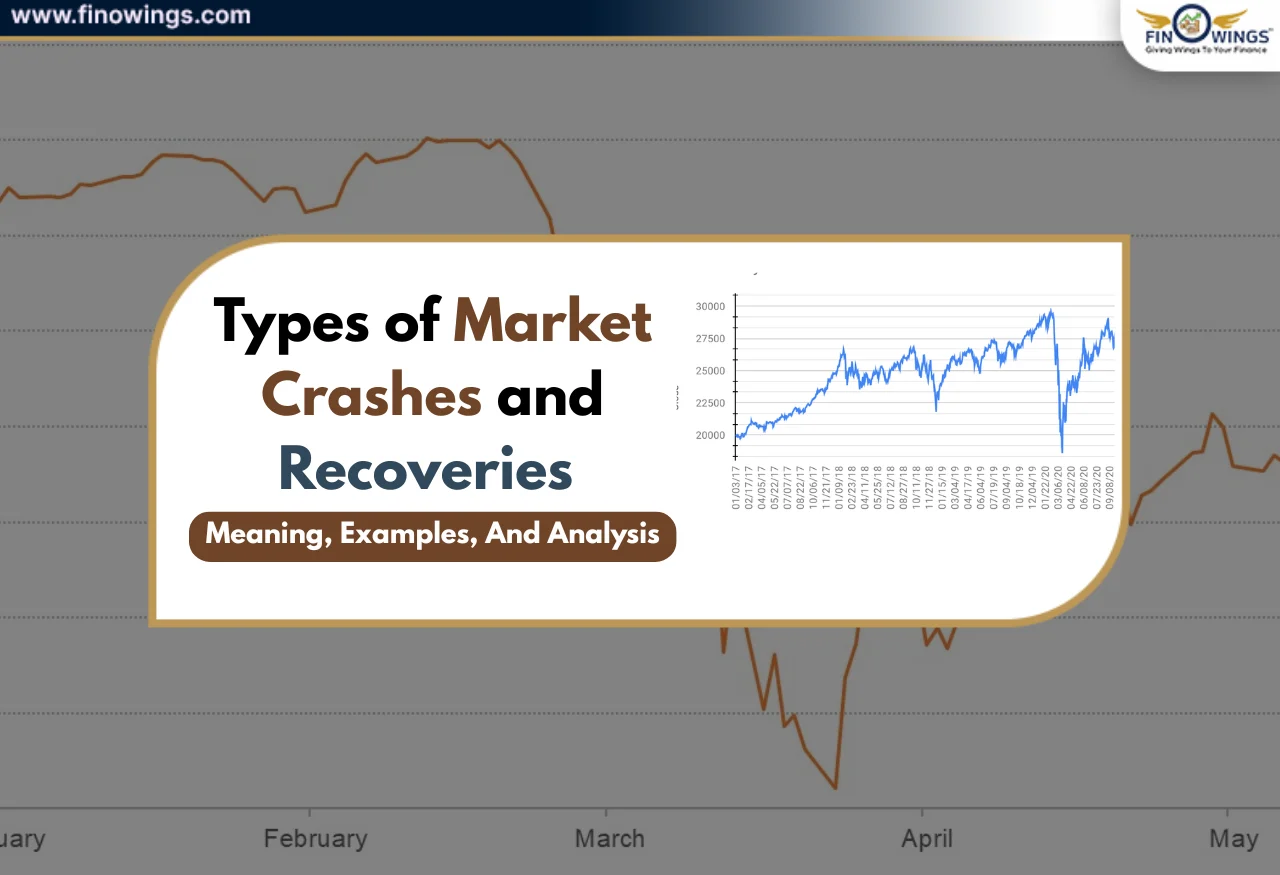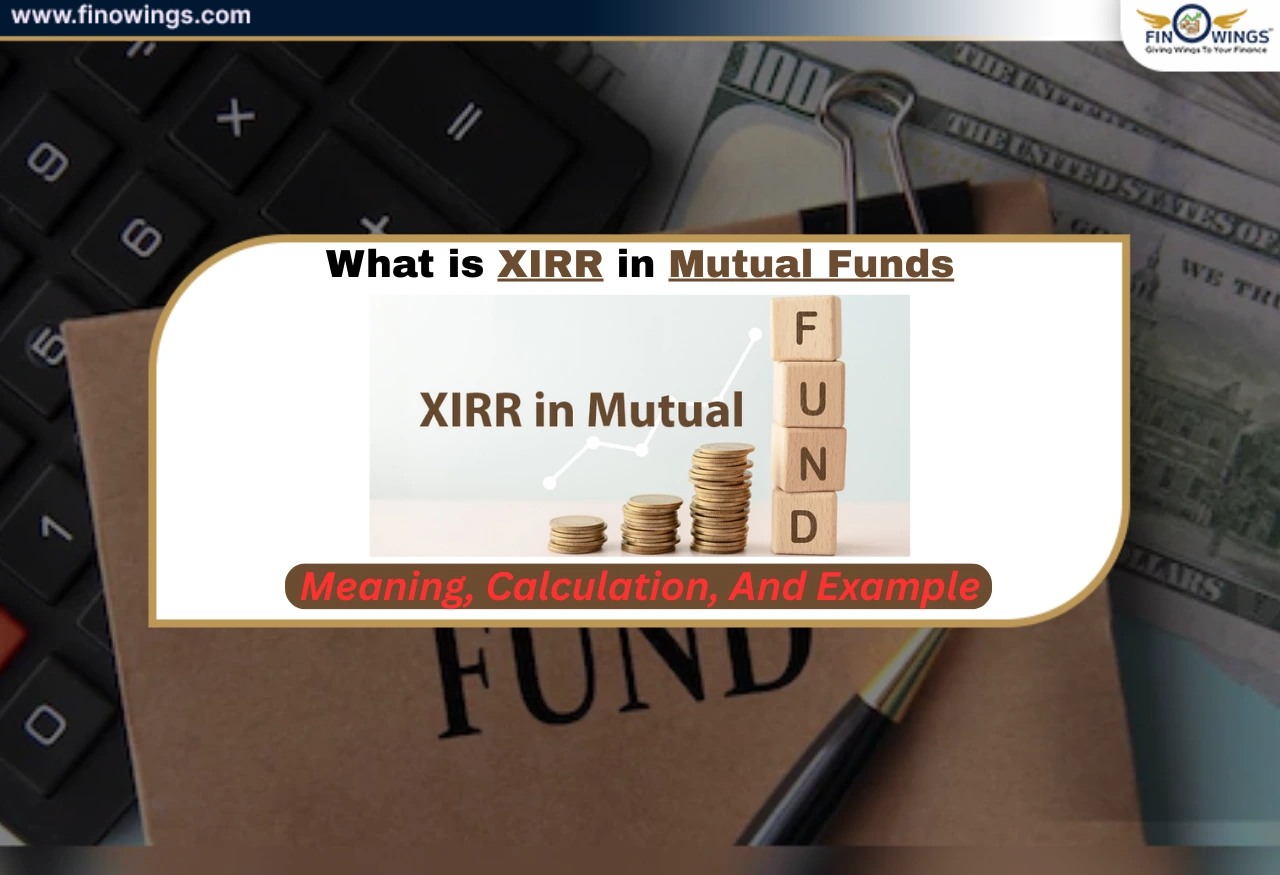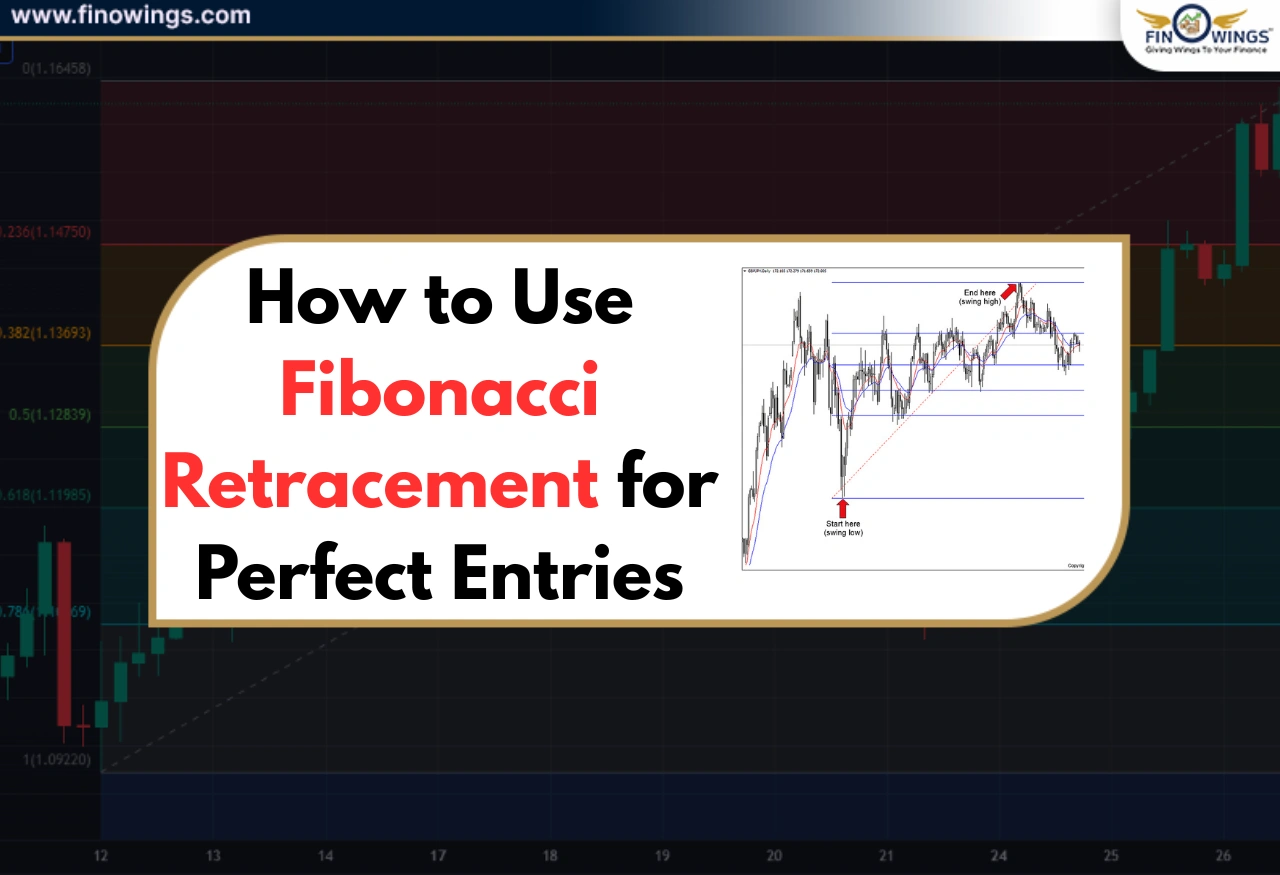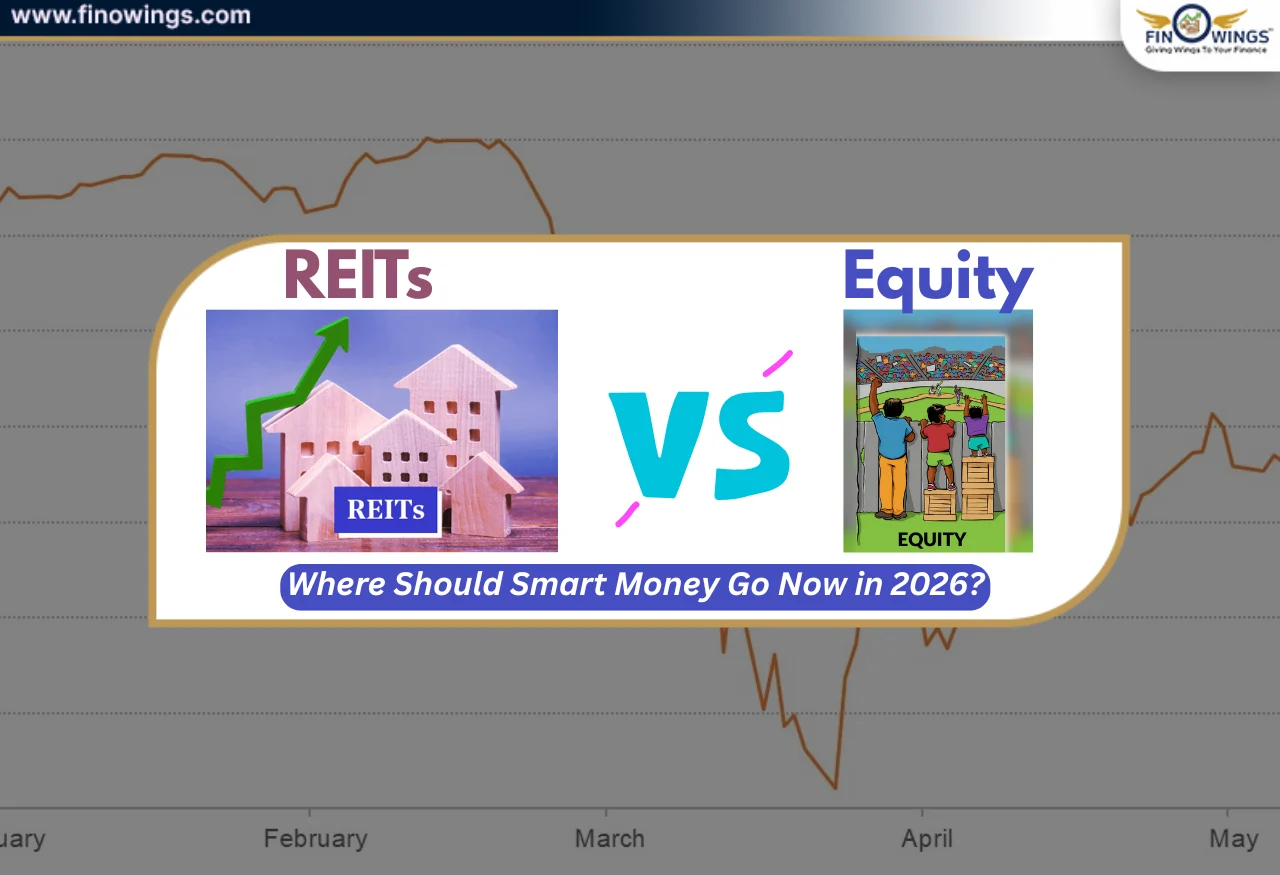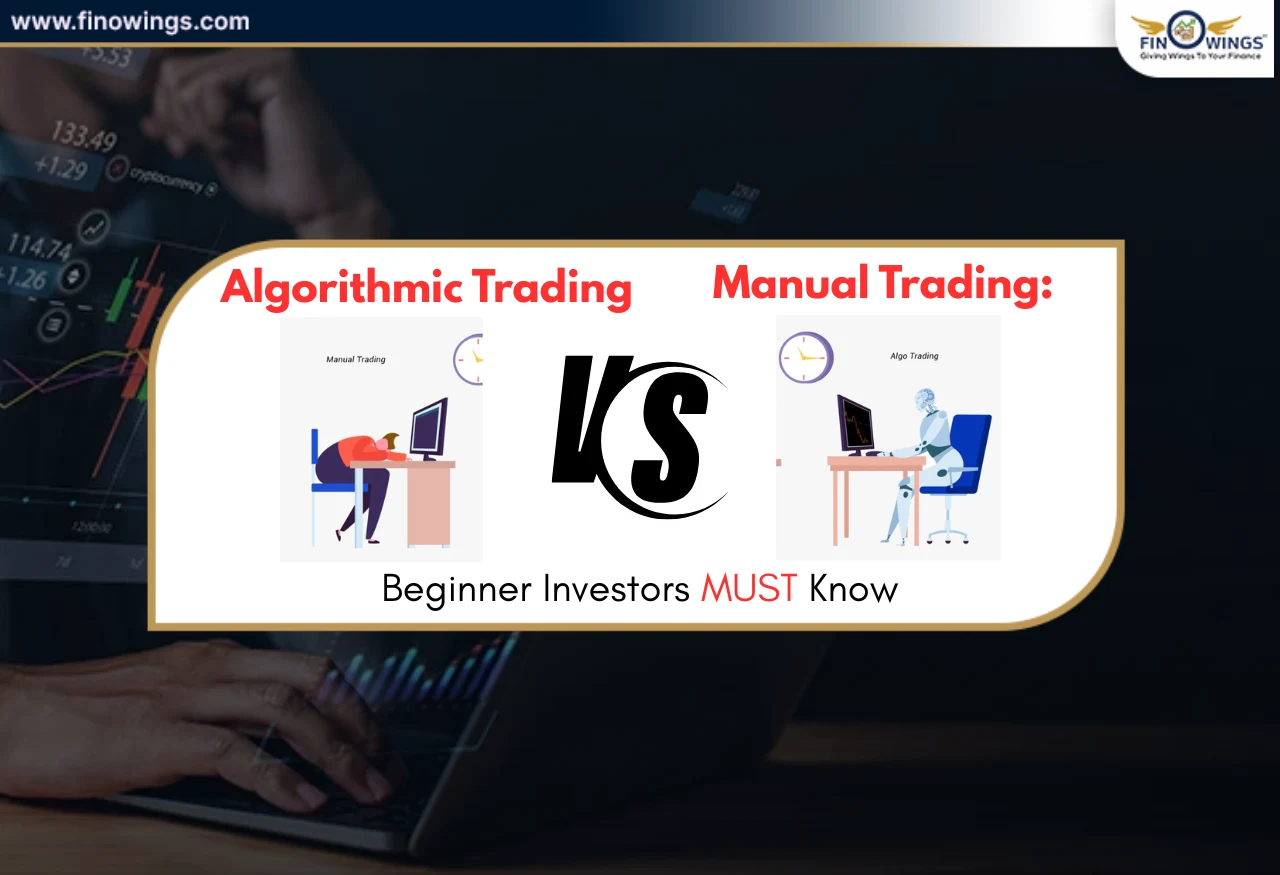Home >> Blog >> Top 5 Technical Indicators for Novice Traders
Top 5 Technical Indicators for Novice Traders
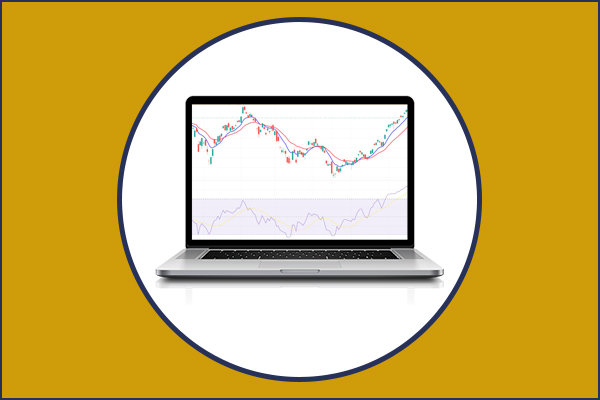
Table of Contents
Whether you’re interested in commodities trading, share trading or currency trading, technical analysis can help you identify trends and signals in the market. Every novice should know the basics of trading, and the useful technical indicators used in day trading. Traders who follow technical analysis should add these 5 important technical indicators as a part of their daily strategy.
What is a Technical Indicator?
A technical indicator can be defined as a tool that analyses historical data to forecast the future price movements of a stock. During technical analysis, traders use several kinds of technical indicators to forecast the future price, anticipate the price movements and derive a movement for the stock. Different kinds of technical indicators are pre-categorised into lagging and leading indicators.
- Lagging Indicator –analyses past momentum and trends
- Leading Indicator – forecasts future price movements
In simple words, trading indicators are mathematical representation of the data which uses a representation of charts, plotting of lines and analysis of signals to predict the movement of a stock. Since you’ve grasped the basic knowledge of what is a technical indicator, let’s move on to learning the top 5 trading indicators for novice traders:
1.Moving Averages (MA)
Moving Averages or MA is one of the most common indicators used by new traders. Using the MA indicator, traders understand the direction of the stock and make their decision while trading. In technical analysis, the MA indicator is used to determine the support and resistance levels of stock. It is a lagging indicator because it is based on historical prices. Moving averages uses past data to determine the trend and provide the trading signals to the traders.
Determination of the moving average on the chart is effortless, when the price trend of the chart stays about the MA, the stock is in an uptrend, whereas, if the price action is below MA, it is determined as a downtrend. Usually, traders keep a track of the average price change to analyse the data from time to time. There are many time periods used in moving averages – 15, 30, 30, 50, 100 etc. Although, the most common and significant time periods are 50-day, 100-day and 200-day moving averages.
For example, using 50-day moving averages requires 50 days of data and so on.
Quick Tip: Calculate the moving average by dividing the number of prices by the total number of periods.
2.Relative Strength Index (RSI)
Relative strength Index is a trading indicator that simplifies the rigorous price movements during technical analysis. It is a leading momentum indicator that determines the strength and weakness of the market by accumulating price data. RSI identifies the market momentum through the past data and current data by expressing its concern for a particular stock. It can identify whether the stock is oversold or overbought. When you’re new to markets and unaware of the stock’s momentum, RSI can assist you to find the stock’s position in the market.
Using RSI, you should be aware that the RSI signals from 0-100 ranges, as 100 indicates overbought and 0 indicates the oversold position of that stock in the market. For example, if the RSI of a stock price shows above 50, it will be deemed that more traders are initiating buying for the stock. On the other hand, if the RSI of the stock shows below 50, it is deemed that traders are selling the shares.
3.Average Directional Movement (ADX)
Using ADX you can predict the strength of a price trend in the stock market. This is an indicator used by traders to enter stocks whose prices are trending in the markets. ADX is a lagging indicator because it determines the trend after the prices are developed. As a novice trader, you need to determine the strength that stock holds during the market. Using the ADX indicator, you can assess the risk and increase your profit potential while trading. ADX indicator is a component which was developed by Welles Wilder for a directional movement system. Wilder explained that ADX consists of three lines i.e., ADX, +DI and -DI.
ADX is also known as Wilder’s DMI indicator which analyses trend periods and potential trading signals. To analyse the trend using ADX, keep in mind the following:
- Short trade – -DI is above +D and the ADX is above 25
- Long trade - +DI is above -DI and the ADX is above 25
- Volatility - -DI and +DI lines connect together
- Breakout - +DI and -DI lines separate from each other
Well, we will help you to analyse the strength of the trend with the help of ADX value. Generally, when ADX is below 25, it is recommended to avoid trend-trading strategies. It is believed that low ADX causes accumulation at a certain price. Traders use the readings above 25 specifically to be on the safer and trending side of the price trend. If you want to keep a note, here’s a quick read for the trend strength:
QUICK TIP: ADX indicator’s traditional setting is 14 time-period. As per traders, lower settings might indicate false signals due to rapid price movement during analysis.
4.Moving Average Convergence/Divergence (MACD)
MACD indicator is considered one of the most important indicators while performing technical analysis. The trading strategies using MACD assists in understanding and bearish and bullish trends of the market. MACD is a lagging indicator which used past data to analyse future trends. A standard setting in MACD is denoted by 12-period and 26-period EMA for the short traders to analyse the momentum of the market. To use the indicator, accurately, you should remember the following:
- MACD crosses above 0 = bullish trend
- MACD falls below 0 = bearish trend,
MACD is denoted by three lines – MACD line, histogram, and signal line (as shown in the figure) MACD line predicts the difference between the moving averages, the histogram determines the distance between the signal and MACD line and, the signal line measures the buy and sells signals.
5.Bollinger Bands
A Bollinger band indicator is useful to create a bandwidth of the stock in which it usually trades. John Bollinger formulated the Bollinger bands in 1980. It is a lagging indicator as it is based on 20-day simple moving averages. Volatility is identified with the range of the bands created using Bollinger bands for a stock. This indicator is used to predict the continuous movement of price within the parameters of the Bollinger bands. The standard deviation level for the parameters is plotted above and below a simple moving average of the price.
A technical indicator is extremely useful for traders who trade in options, futures and, a stock with an instant indication of the price action. Bollinger band uses 20 day moving average to ascertain the upper and lower deviations caused in a stock. There are two parameters used by Bollinger bands to ascertain the sharp price movement:
- Period – default value 20
- Standard deviations – default value 2
The bands protect the price movement by capturing it into a range. When the price moves out of the band, a strong trend is expected from the stock.
Key Takeaways –
- A novice trader should know the 5 technical indicators – MA, RSI, ADX, MACD and Bollinger bands.
- Lagging indicator – past trends and price
- Leading indicator – future outcomes and events
- Moving average is used to ascertain the support and resistance of a stock.
- RSI indication, above 50 = overbought, below 50 = oversold.
- Using the ADX indicator take short trade when DI is above +D and the ADX is above 25
- Using the ADX indicator take Long trade when +DI is above -DI and the ADX is above 25
- MACD indicator above 0 = bullish, below 0 = bearish.
- Standard setting for Bollinger bands contains 20 days and 2 standard deviations.

